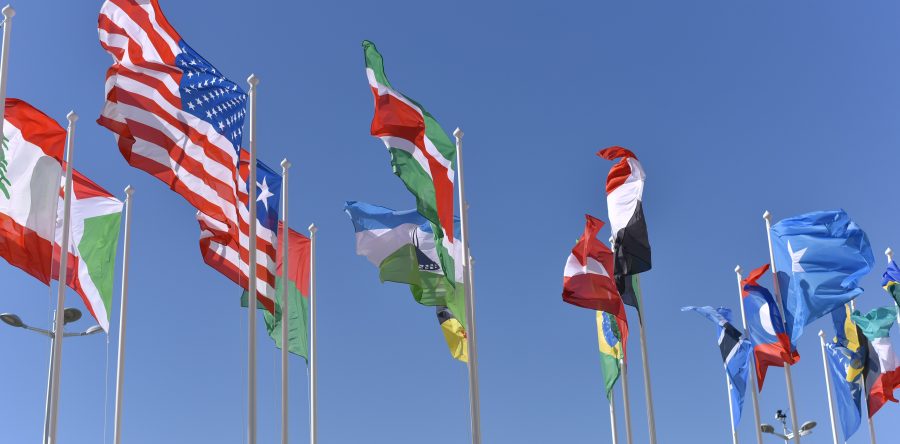The U.S. along with its G-7 and NATO allies painted a bullseye on China and Russia as major threats to democracy and global stability during back-to-back summit meetings.
But, delivering on President Biden’s commitment that, “the responsibility of our proud democracies [is] to step up and deliver to the rest of the world,” will be very challenging without some new and inventive approaches.
An innovative strategy from the U.S. government to telecommunications competition was recently outlined. It is a model for other strategic technologies, including next-generation nuclear energy.
The goal is to incentivize nations to reject China’s 5G systems and offer support to bolster that resistance.
The strategy provides financial and related inducements to lure nations away from Huawei’s and ZTE’s cheap equipment and China’s political influence.
The incentives strategy includes loans, training, workshops, and a handbook of case studies on how to resist China’s telecom siren song.
The training and case studies are useful, but the financing is the centerpiece. In Ethiopia, the U.S. recently offered up to $500 million in loans to successfully support the selection of an American-backed telecommunications consortium over Chinese competitors.
5G is a priority for Washington because of the cyber security and spying vulnerabilities of using China’s technology in sensitive industries, internet connected devices, and widespread telecommunications systems.
But clean energy and carbon emissions reductions are another major concern, and it is the primary policy umbrella of the Biden administration.
However, in the race to zero-carbon the U.S. does not control any of the key clean energy technology industries or their manufacturing capability.
China is the overwhelming leader in solar panel manufacturing. Europe and China are the key players in wind power. And China controls much of the critical minerals supply that are required for renewable technologies.
However, the two clean energy areas where the U.S. could exert market control are carbon capture and next-generation nuclear energy.
The U.S. and key allies, including Canada and the UK, are investing significantly in the potential offered by smaller nuclear reactors that are slated for deployment by the beginning of the 2030s. In fact, the U.S. Department of Energy has requested its largest budget ever for nuclear energy activities in 2022, with a significant focus on the advanced technologies under development.
But, even if technically proven, the economics of these new nuclear technologies will require scale, efficient production, and export markets. These are challenges upon which the new technologies could be wrecked if not managed effectively now.
That would lead to the domination of the international nuclear market by the two authoritarian nations that Biden and his G-7 and NATO allies are seeking to thwart.
Numerous actions are required by the democratic governments to ward off authoritarian control of global nuclear energy in this century. One step – cooperation on foreign nation reactor export – has already been agreed to by the U.S. and South Korea. This needs to be expanded to include other key nations as soon as possible.
Also, much more aggressive cultivation of the newcomer nuclear nation export market is required. That will help to drive reactor production scaling and keep Russian and Chinese technologies at bay.
This is where the 5G incentive strategy is instructive. Rather than leaving potential purchaser nations to sit on the sidelines, it makes more sense to lock up market share for these new reactor technologies in the near term.
That can be done by getting pre-commitment from nations to purchase U.S. or allied next-gen reactors by offering them the financial assistance, training support, and the cooperation agreement that will support their clean energy objectives, build their operational capacities, and undergird the highest international standards of safety, security, and nonproliferation.
This strategy builds on current nuclear engagement that centers expressions of nuclear interest and capacity building in inexperienced nuclear nations. What’s new is strategic, aggressive, and coordinated diplomatic and commercial outreach to nations that are most well suited to deploy the technologies based on key criteria including economic development trajectory, population growth, energy demand, and climate impacts. Right now, that target set includes about 25 countries.
Preventing authoritarian nation control of global nuclear commerce is an important policy priority that is not receiving the attention it requires at the top levels of government. The failure of democratic nations to control the next-gen nuclear market will create major global security and geopolitical dangers. The 5G incentive strategy offers a model for how to lock up a strategic market against determined competition. It should be a model for the updated next-gen nuclear energy strategy that is needed now.
Ken Luongo, President, Partnership for Global Security


